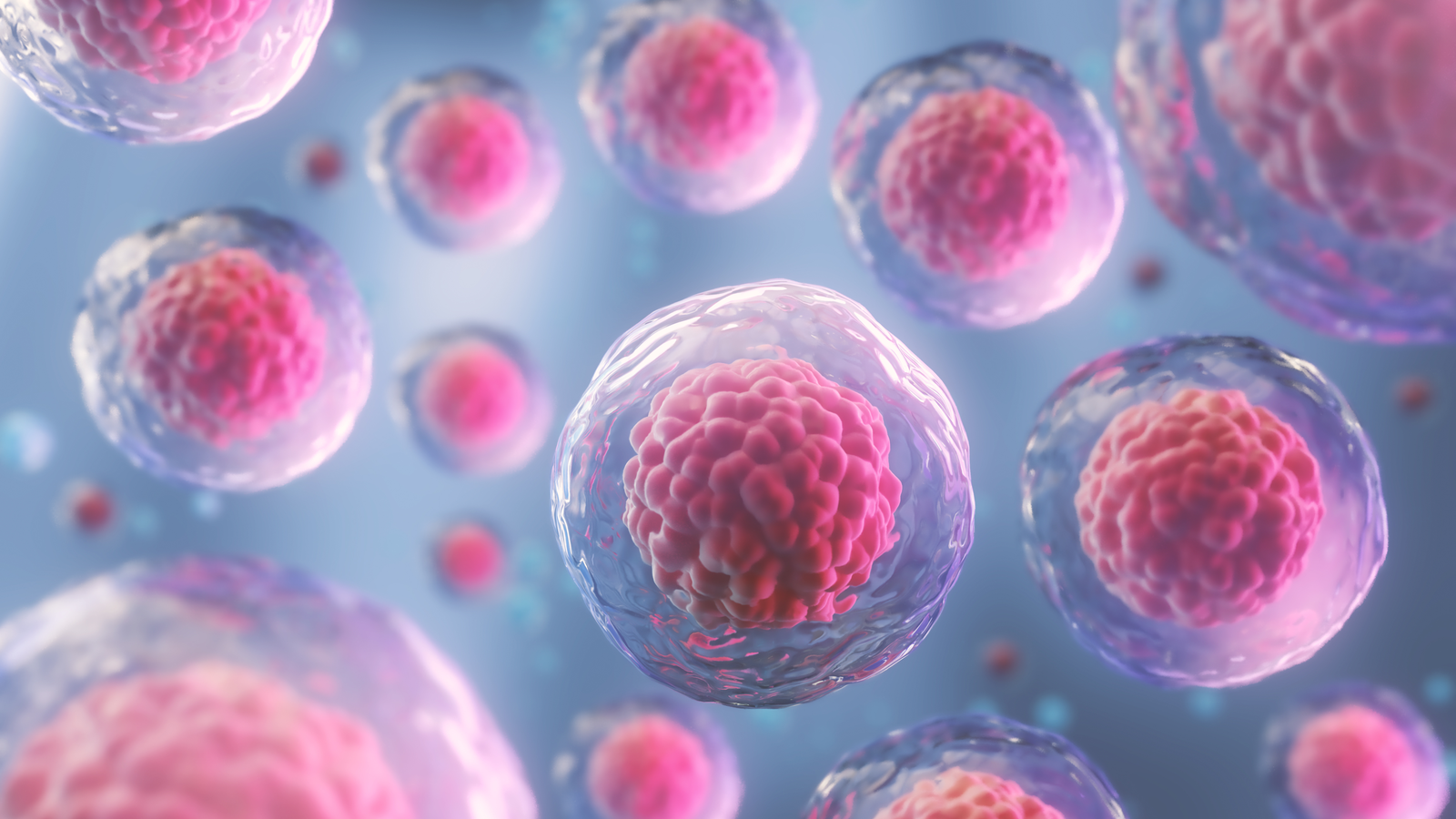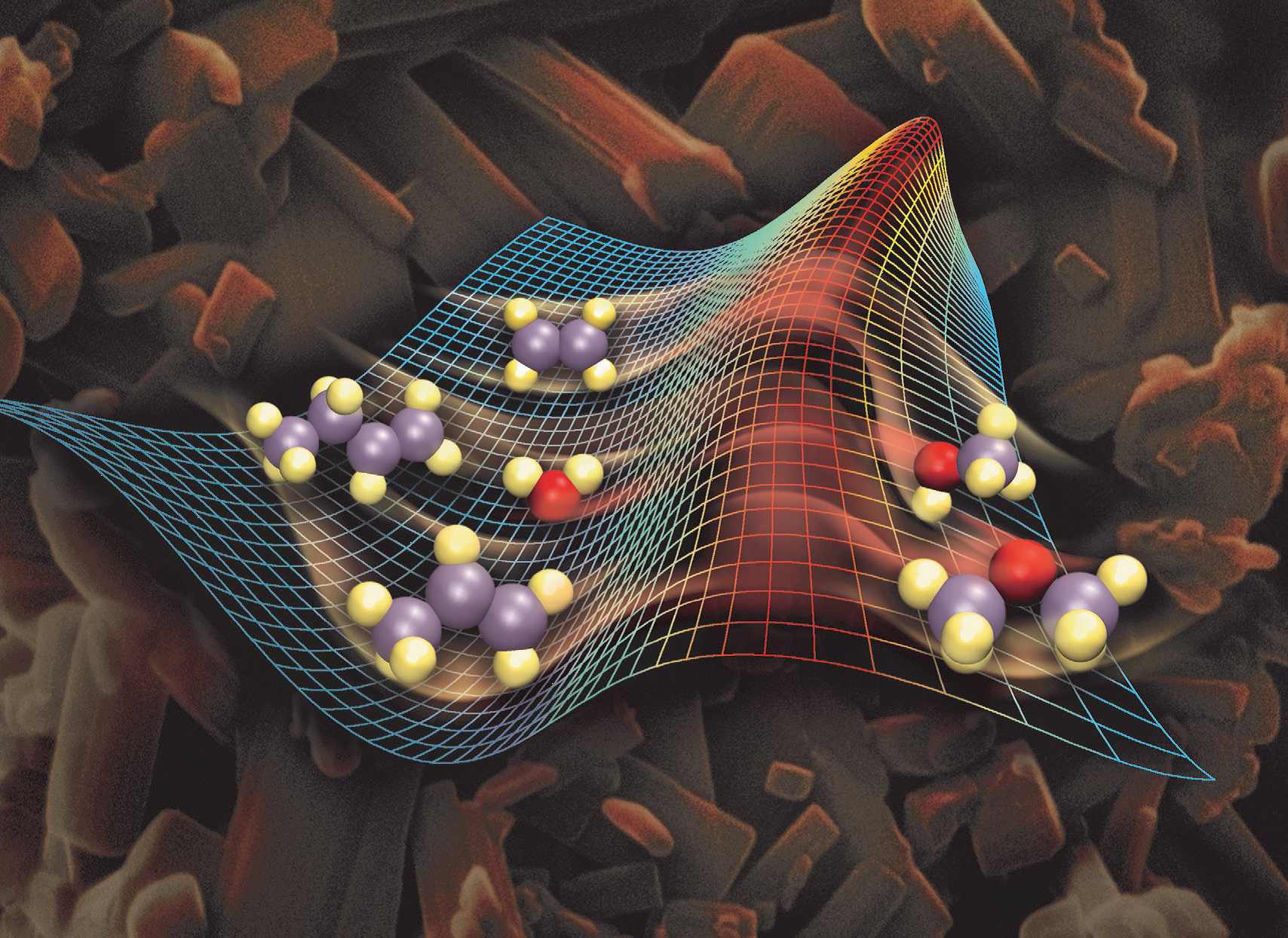By Anatole Tahintzi, Year 12
A term you might have heard being used as the “next great thing” in medicine is that of stem cells. Stem cells are the body’s so-called “raw materials ” or “master cells” that generate all other cells by dividing over and over again into the more specialised cells of the body. Stem cells can be thought of like the stem of a tree, branching out and becoming different types of cells such as skin, nerve, fat, or muscle.
Stem cells are sourced mainly from 3 to 5 day-old embryos. Embryonic stem cells are pluripotent, meaning they can divide into more stem cells and eventually become any type of cell in the body. However, stem cells are not limited to embryos. In most adult organs, such as bone marrow or fat, there exist adult stem cells, though in a limited quantity. Adult stem cells are less capable of growing into different types of body cells than the aforementioned embryonic stem cells. Up until recently, scientists believed that adult stem cells could only produce cells of the same type. However, new research has shown that adult cells can be modified to become pluripotent. Using genetic modification tools such as CRISPR, scientists can now modify adult stem cells to give them the abilities of embryonic stem cells, though it remains unknown whether such altered cells could cause adverse effects in humans.
Much of the importance attributed to stem cells today lies within its potential groundbreaking uses in medicine. One of the key uses of stem cells is to replace or treat damaged tissue and organs, so-called regenerative medicine. Due to their ability to change into other types of more specialised cells, stem cells can be introduced into the body to repair damaged tissue. For example, they can be used to help treat muscular injuries in athletes by rapidly repairing damaged muscular tissue. Another use of stem cells is to further understand the origin and development of diseases within the body. By monitoring how stem cells mature within bones, nerves, heart muscle, and other organs and tissues, researchers can gain key insight into the development of certain conditions in order to understand how to begin combating them. Stem cells are also being used as a method for testing the safety and effectiveness of new drugs and treatments. Testing on stem cells allows researchers to identify potential issues with the treatment before it is used in animals or humans. This remains a fairly new method, and continues to be an active field of research.
Despite their potential life-changing effects, certain ethical concerns have been raised as to the uses of stem cells in medicine. Since embryonic stem cells are obtained from the destruction of early-stage embryos, many have questioned the morality of such treatments and research. Some feel that embryos, regardless of age, constitute a human life, and thus are too high a price to pay for any treatments, regardless of how useful they may be. Others argue that embryos are not living beings, and that it would therefore be immoral to withhold potentially life-changing treatments from patients in need.
Overall, though stem cells have exciting potential uses in medicine, the ethics of their use remains a point of contention. Perhaps the solution lies in the genetic modification of adult stem cells. Regardless, stem cells remain nonetheless fascinating parts of our human bodies.




I find this article to be very inspiring! Can’t wait for what biologists have in store for us!